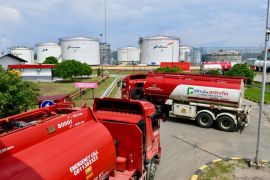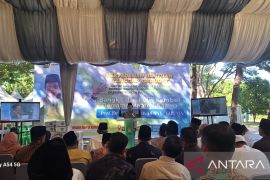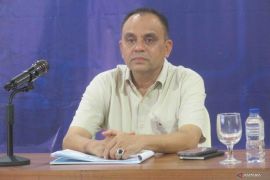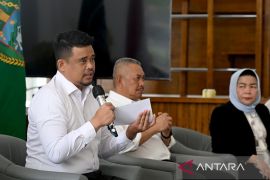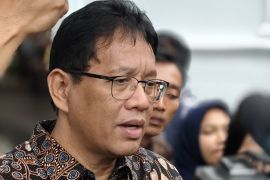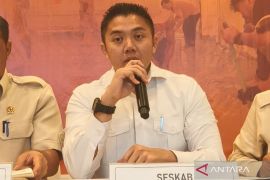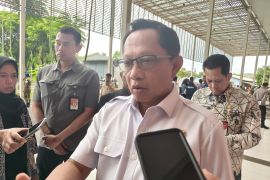"Disaster resilient village is one of the programs that aims to give people the independent capability of adapting to and handling disasters," the ministry's official, Sudirman, noted in an interview with ANTARA here on Wednesday.
Currently, there are more than five thousand disaster resilient villages and their equivalent that had been formed by the central government, regional government, non-governmental organizations, and local community, he noted.
This figure is already quite sufficient, but the number of these villages in the country is expected to continue to rise, he remarked.
To increase the number of destana, the ministry encourages bolstering the dissemination of information on destana and its equivalent programs.
With this, the entire region in Indonesia, both in terms of the village administration and human resources, possess the readiness and resiliency to face disasters and become capable of recovering immediately after catastrophic losses.
The disaster resilient village program prioritizes public involvement to bolster the people's capacity in handling disasters, Sudirman stated.
"Bolstering the people's capacity is very crucial because it will affect the disaster risk reduction efforts," he explained.
The effort to develop the people's resiliency toward disasters can be made by making them aware that their active role in disaster mitigation is very important, he emphasized.
This is especially vital for the people living in disaster-prone areas. Hence, they need to know the safe evacuation routes and what steps to take when they receive early warning information, he noted.
For another example, people living in areas prone to landslides should be able to recognize matters, such as early signs of a ground shift, he noted.
The people should continue to improve their responsive and adaptive understanding, he stated.
This is a part of resilience thinking as the people's involvement is crucial in disaster mitigation, given that they are the first to be affected by disasters, he remarked.
As a result, they also became the first party to respond to the disasters that they encounter, he affirmed.
Related news: Strengthening regional capacity for reducing disaster risks
Related news: Kota Bani Village empowered through village fund
Translator: Wuryanti P, Fadhli Ruhman
Editor: Rahmad Nasution
Copyright © ANTARA 2022


